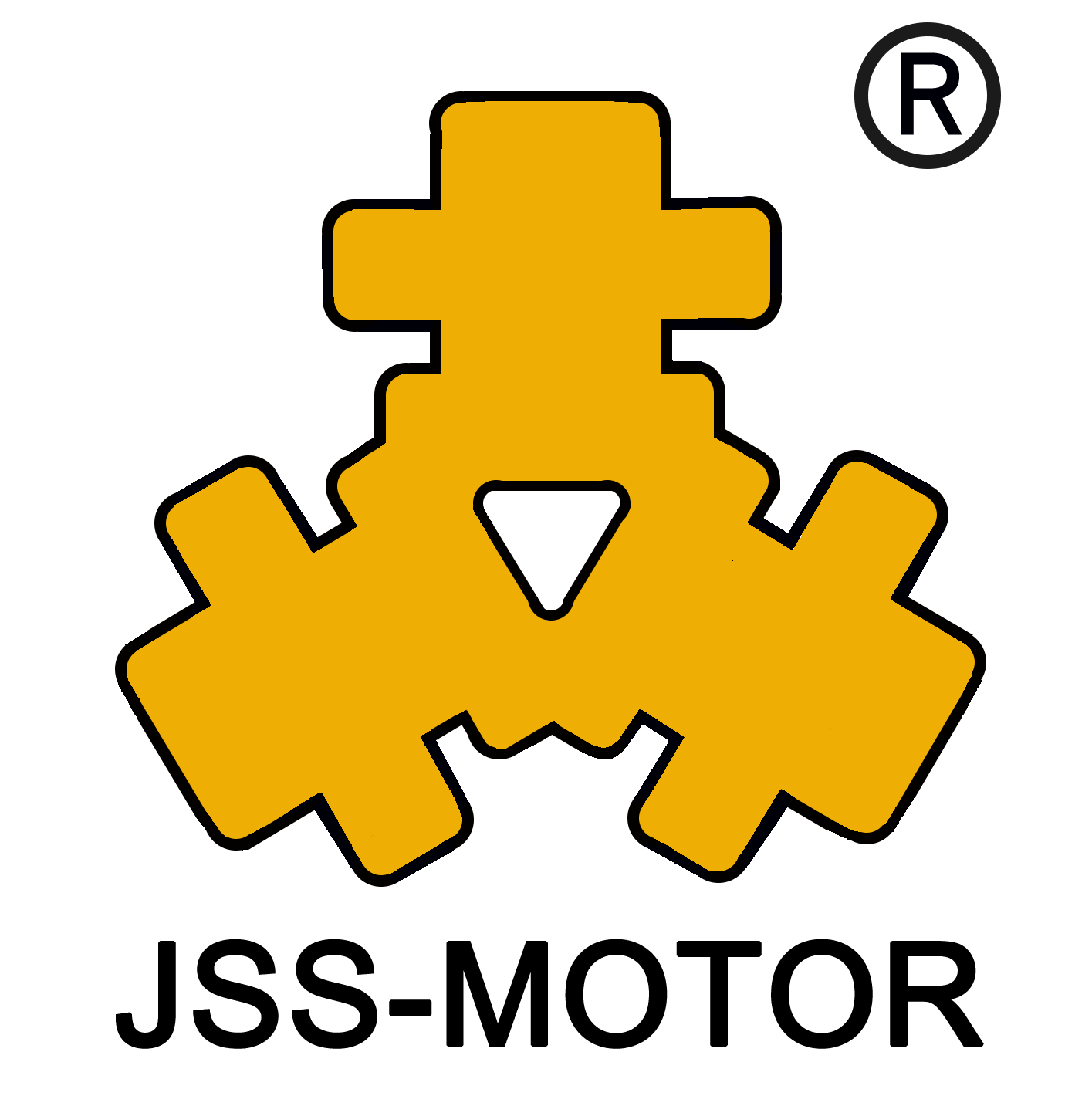A Closed Loop Control system for stepper motors utilizes feedback to adjust motor performance in real time. This system guarantees precise positioning and speed control. By implementing Closed Loop Control, you can achieve better accuracy and efficiency. It also enhances reliability, making it ideal for applications that require consistent and repeatable motion.
Key Components of a Closed Loop Control System
Stepper Motor and Its Role
The stepper motor is the heart of your system. It converts electrical pulses into precise mechanical movements. Each pulse moves the motor by a fixed step, ensuring accurate positioning. In a closed-loop control system, the motor works in tandem with feedback components to maintain precision. You can rely on it for applications requiring repeatable and controlled motion, such as 3D printing or robotics.
Encoder for Feedback
The encoder acts as the system's eyes. It monitors the motor's position and speed, then sends this data back to the controller. This feedback ensures the motor stays on track, even under varying loads or conditions. Without an encoder, your system cannot make real-time adjustments, which are crucial for maintaining accuracy.
Controller for Real-Time Adjustments
The controller is the brain of the closed-loop control system. It processes feedback from the encoder and adjusts the motor's operation accordingly. For example, if the motor deviates from its intended position, the controller corrects it instantly. This ensures smooth and reliable performance.
Power Supply for Stable Operation
A stable power supply is essential for consistent motor performance. It provides the energy needed to drive the motor and other components. Choose a power supply that matches your system's voltage and current requirements to avoid interruptions or damage.
Software for Programming and Monitoring
Software allows you to program and monitor your system. It lets you set parameters, such as speed and acceleration, and observe performance in real time. Many software tools also include diagnostic features, helping you troubleshoot issues quickly.
Step-by-Step Guide to Closed Loop Control Implementation
Assessing System Requirements
Start by identifying the specific needs of your application. Consider factors like the required torque, speed, and precision. Evaluate the operating environment, including temperature and potential vibrations. These details help you determine the type of stepper motor and encoder you need. For example, high-precision tasks like CNC machining demand a motor with fine step resolution and a high-resolution encoder.
Selecting the Right Components
Choose components that align with your system's requirements. Select a stepper motor capable of delivering the necessary torque and speed. Pair it with an encoder that provides accurate feedback. Opt for a controller that supports Closed Loop Control and offers sufficient processing power. Don’t forget to pick a power supply that matches the voltage and current needs of your setup.
Wiring and Hardware Setup
Connect the components carefully to avoid errors. Wire the stepper motor to the controller, ensuring proper polarity. Attach the encoder to the motor shaft and link it to the controller for feedback. Secure all connections to prevent loose wiring during operation. Use a stable mounting platform to minimize vibrations.
Programming the Controller
Configure the controller to implement Closed Loop Control. Use the software to set parameters like step resolution, speed, and acceleration. Program the controller to process encoder feedback and make real-time adjustments. Test the program in a simulation environment before applying it to the hardware.
Testing and Calibration
Run initial tests to verify the system's functionality. Check if the motor responds accurately to commands and maintains its position under load. Calibrate the encoder to ensure precise feedback. Adjust the controller settings to optimize performance. Repeat the testing process until the system operates smoothly.
Best Practices and Troubleshooting
Optimizing System Performance
To get the best results from your system, focus on fine-tuning its components. Start by ensuring the encoder provides accurate feedback. Misaligned encoders can lead to errors in position tracking. Adjust the controller settings to match your application's requirements. For example, set the step resolution and acceleration to suit the motor's capabilities.
Keep the wiring neat and secure. Loose connections can cause interruptions or erratic behavior. Use shielded cables to reduce electrical noise, especially in environments with high interference. Regularly inspect the motor and encoder for wear or damage.
Addressing Common Issues
You may encounter problems like motor stalling or inaccurate positioning. Stalling often occurs when the motor lacks sufficient torque. Solve this by reducing the load or increasing the motor's power supply. Inaccurate positioning usually points to encoder misalignment or faulty feedback. Recalibrate the encoder and check its connection to the controller.
If the system vibrates excessively, verify the mounting platform's stability. Vibrations can disrupt the Closed Loop Control process, leading to performance issues.
Ensuring Long-Term Reliability
To maintain reliability, schedule regular maintenance checks. Clean the motor and encoder to prevent dust buildup. Inspect the wiring and connections for signs of wear. Replace damaged components promptly to avoid further issues.
Update the controller's firmware and software periodically. Manufacturers often release updates to improve performance or fix bugs. Document any changes you make to the system. This record helps you track adjustments and troubleshoot future problems.
A closed-loop control system transforms your stepper motor's performance. It ensures precise motion, even in demanding applications.

